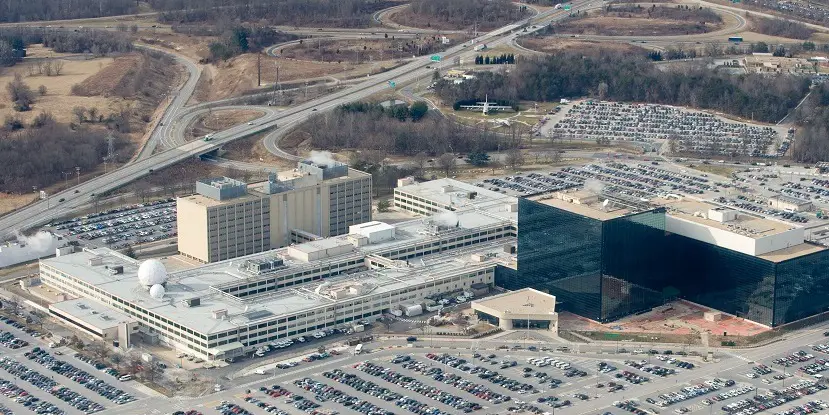When Edward Snowden dropped the NSA/government surveillance bomb on the world, many Americans, as well as countries around the world, started taking privacy a lot seriously. Some began to question just how far reaching the US government had become. So much so in fact, that the government cut NSA surveillance funding and promised to implement new measures for how it goes about procuring such information.
Announced last Thursday, the new Justice Department policy will require federal law enforcement officials to routinely obtain a required search warrant before they’re allowed to use secretive and intrusive cellphone tracking technology.
This is the first federal surveillance policy that’s been put in place and represents an effort to create uniform legal standards for federal authorities using cell-site simulators. It also comes after privacy groups and lawmakers expressed concerns regarding the routine use of the technology.
“The policy is really designed to address our practices, and to really try to promote transparency and consistency and accountability – all while being mindful of the public’s privacy interest,” Deputy Attorney General Sally Yates told reporters in announcing the policy change.
It should be noted that the new policy applies to those federal agencies within the Justice Department and does not apply to local and state law enforcement who routinely use said equipment.
A Stringray, as it’s known, is a device that’s roughly the size of a suitcase. It can sweep up cellphone data that’s basic in nature, by tricking phones in the area into believing that they are communicating with a cell tower. This allows Stingray users to identify unique subscribers. That data is then sent to the police, allowing officers to determine the location of the phone without the cellphone user ever making a call or sending a text message or anything else that pings an actual cell tower. The information received doesn’t include content of the communications.
Though federal enforcement agencies believe the technology is vital to catching fugitives or kidnapping suspects, privacy supporters have questioned the secrecy surrounding the device’s use and the whether or not the information collected is from an innocent bystander or by said suspect in a particular area. As such, the Justice Department’s policy took those concerns into consideration and addressed the inconsistencies practicing federal agencies have in their processes.
“We understand that people have a concern about their private information, and particularly folks who are not the subjects or targets of investigations,” Yates said.
The only time the new policy will allow federal agencies to forgo obtaining a warrant is in emergencies, i.e. immediate threats to national security or unspecified “exceptional circumstances.” Otherwise agencies will need to obtain a warrant and the warrant application would explain how the technology will be used. Once officials have the pertinent information needed, all other data collected is required to be deleted. Federal training on the new policy is expected as well.
This policy could be a stepping stone for state and local law enforcement agencies to develop their own similar regulations, but as for how broad of an impact of the new Justice Department policy will have is still unclear. The only time the policy will currently affect state and local law agencies is when they are assisting federal agencies on cases in their jurisdiction.
Local agencies have indeed faced scrutiny from judges following the widespread use by local police departments and their lack of disclosure in how the technology is used. Local law agencies have maintained that the FBI has issued non-disclosure agreements regarding usage. However, the FBI maintains they consider specific capabilities of the device to be sensitive and the agreements were not intended to prevent law agencies from disclosing to a court whether or not the device was used.
The American Civil Liberties Union has stated that while the policy is a good first step, it’s disappointed that the policy doesn’t cover other federal agencies that are not under the Justice Department or local law agencies that use federal grants to purchase the Stingray or similar equipment. The ACLU also requested the Justice Department find and close other loopholes including the lack of a required warrant for “exceptional circumstances.”
“After decades of secrecy in which the government hid this surveillance technology from courts, defense lawyers, and the American public, we are happy to see that the Justice Department is now willing to openly discuss its policies,” ACLU lawyer Nathan Freed Wessler said in a statement.
Others have praised the policy as an important step to upholding the Fourth Amendment rights of American citizens, including privacy group Electronic Frontier Foundation’s staff attorney Nate Cardozo.
“This is going to let the air out of state law enforcement’s argument that a warrant shouldn’t be required,” he said. “We think that given the power of cell-site simulators and the sort of information that they can collect — not just from the target but from every innocent cellphone user in the area — a warrant based on probable cause is required by the Fourth Amendment.”
While whether or not state and local agencies get on board by creating similar policies of their own remains to be seen, it’s a good first step for privacy advocates everywhere.
How do you feel about government surveillance? Is this new policy cause for a sigh of relief or is it too little, too late? Let us know in the comments below, or on any of our social media accounts.
[button link=”http://www.wdam.com/story/29969585/new-federal-requirements-on-cellphone-surveillance” icon=”fa-external-link” side=”left” target=”blank” color=”285b5e” textcolor=”ffffff”]Source: WDAM[/button]Last Updated on November 27, 2018.










